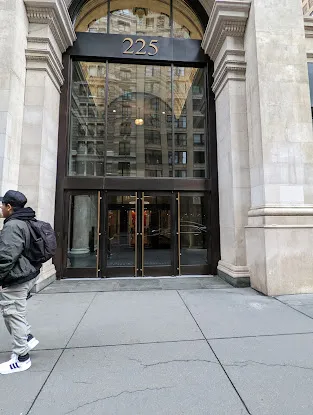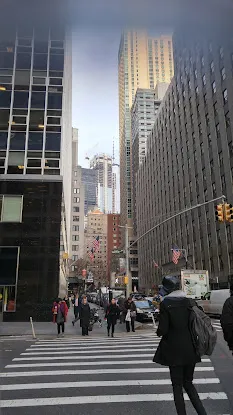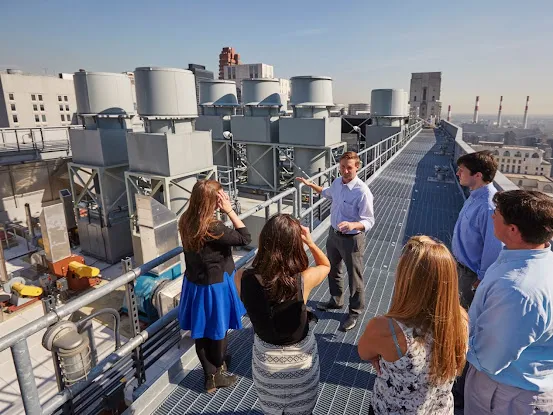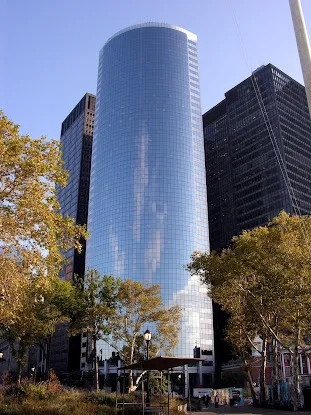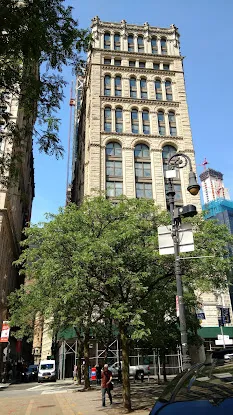Civil engineer Downtown Manhattan

Parsons, Infrastructure Group
Downtown Manhattan
100 Broadway floor 18 New York, NY 10005 United States
Civil Engineering in Downtown Manhattan
Downtown Manhattan is a hub of innovation, design, and construction, making it one of the most exciting places for civil engineering in the world. With its stunning skyline and rich history, this area showcases some of the most impressive engineering feats that define the modern urban landscape.
One of the most notable aspects of civil engineering in this region is the ongoing development and maintenance of infrastructure. The streets of Downtown Manhattan are not just pathways for vehicles and pedestrians; they are intricate systems designed to accommodate the needs of millions of residents and visitors each year. From the Battery Park City landfill project, which transformed a section of the Hudson River into prime real estate, to the iconic One World Trade Center, which stands as a symbol of resilience and progress, civil engineers play a crucial role in shaping the environment.
The challenges of civil engineering in Downtown Manhattan are unique. Engineers must navigate limited space, complex regulatory requirements, and the need to preserve historical sites while modernizing infrastructure. For example, the construction of the Second Avenue Subway involved extensive planning and innovative techniques to minimize disruption to the bustling neighborhoods above.
Moreover, sustainability is a key focus in modern civil engineering practices. Many projects in Downtown Manhattan prioritize green building techniques that reduce environmental impact. The use of recycled materials, energy-efficient systems, and sustainable design ensures that new developments contribute positively to the community and the planet. Initiatives like the Hudson Yards development exemplify this commitment to sustainability, blending modern architecture with eco-friendly practices.
In addition to infrastructure, civil engineers are also involved in ensuring safety and resilience in the face of natural disasters. The engineering community in Downtown Manhattan is continuously working on projects designed to withstand the effects of climate change, including flooding and rising sea levels. This proactive approach ensures that the city remains safe and functional, no matter the challenges it faces.
As the demand for innovative solutions grows, civil engineering continues to evolve in Downtown Manhattan. Engineers are utilizing advanced technologies such as Building Information Modeling (BIM) and smart city concepts to enhance project efficiency and effectiveness. These tools not only streamline the construction process but also improve collaboration among various stakeholders, ensuring that projects meet the needs of the community.
In conclusion, civil engineering in Downtown Manhattan is a dynamic field that blends historical significance with cutting-edge innovation. The work being done here not only shapes the physical landscape but also contributes to the social and economic vitality of this iconic area. As we move forward, the role of civil engineers will remain pivotal in creating a sustainable and resilient urban environment.

